PERCEPTION OF QUALITY
“Even if cost was not a factor they would still be at home with us,”
says Annastasia, a mother of two.
“Just because of the safety issue. Unfortunately there are a lot of bad people in this world that do bad things.” Annastasia is not alone in this sentiment. Parents and guardians are wary of leaving their children in the care of others, especially before their child can speak. Families often talk about the importance of teacher warmth and communication, food quality, and a safe and clean environment, but it is difficult to get a true sense of the program based on one visit.
Families need care they can trust, and word of mouth drives families’ interest and trust in ECE.
If a parent or guardian hears from a friend or family member that their child had a good experience in a specific setting, they are more likely to explore enrolling their child with the provider. Once they enroll, their experiences in the program will further impact the perception of its quality amongst other families. This reinforcing loop drives people both to and away from ECE, causing year-long waitlists at some programs, while others struggle with gaps in enrollment that threaten to close their doors.
The Challenge
When creating interventions that push more people to enroll in ECE - whether that be opening up new seats, media campaigns, or otherwise - it is important to think about how those interventions will change the community's perception of ECE quality. If more people start enrolling but the actual quality of care has not improved, the negative experiences of families will spread and deter people from becoming interested in ECE. In a system where the supply of qualified, skilled teachers is low, adding more seats means hiring teachers who are likely inexperienced or untrained. Inexperienced teachers are likely to have more difficulty in a classroom - leading to negative family experiences. Negative family experiences can lead to disengagement with the ECE system and resistance to enrolling kids in the future. Ultimately, adding more seats without addressing other needs in the system can increase negative family experiences and a distrust of the system over time--the opposite effect of what was originally intended.
When talking about perception of quality among communities, it is vital to think the way perception interacts with accessibility of that care. If there are high-quality ECE seats that are not accessible to people because of the way in which ECE is structured (i.e., times available, lack of transportation, curriculum that does not celebrate diverse or inclusive experiences, and or is too expensive and prices out people with limited means), the perception that ECE is not accessible to them may lead to people feeling that they are not included, wanted, or capable of securing high-quality ECE for their children. In order to leverage word of mouth when creating an equitable, high-quality system, high-quality ECE must be accessible for all communities.
The Opportunity
More children enrolled in high-quality ECE leads to more families talking about their experiences, influencing the interest of families who are not interested in the system. This increases families’ perception of the quality of ECE in St. Louis. If you increase the overall quality of the system, positive word of mouth creates cascading effects in the community. Word of mouth is a powerful tool to build trust among communities that are currently not sending their children to ECE.
SEE THE OTHER SYSTEMS
We shape education realities for children, by understanding current
systems + strategies through rigorous research.






